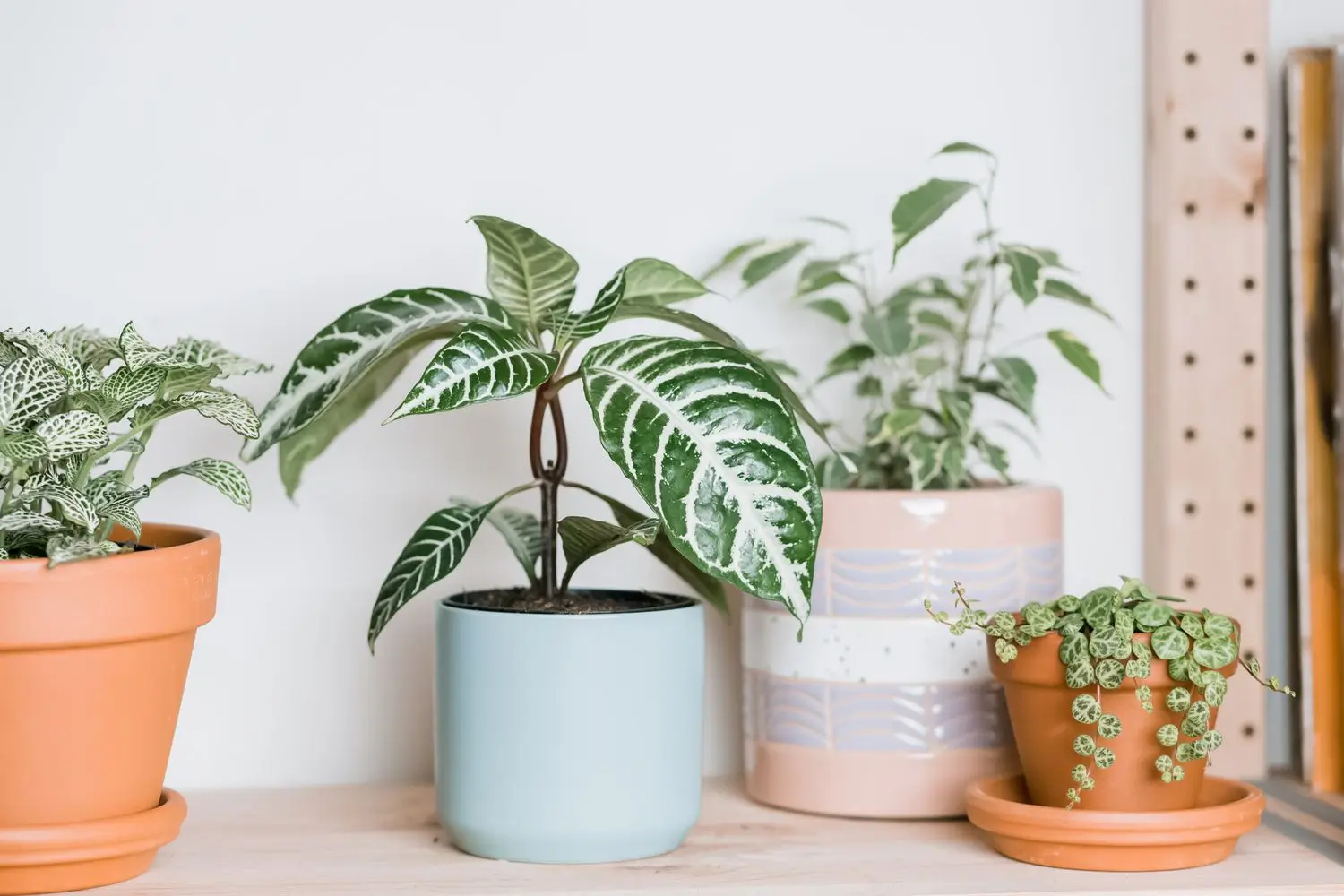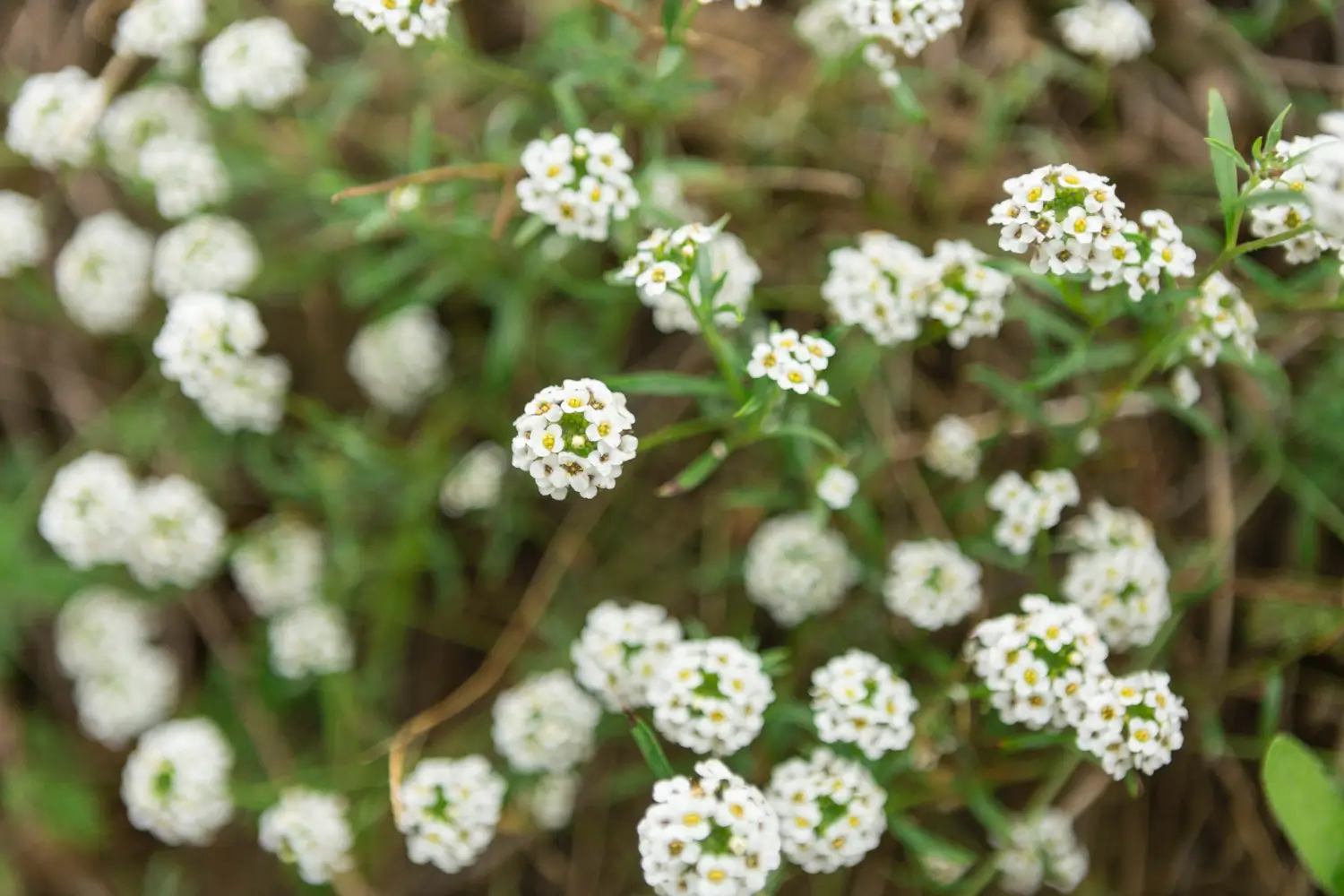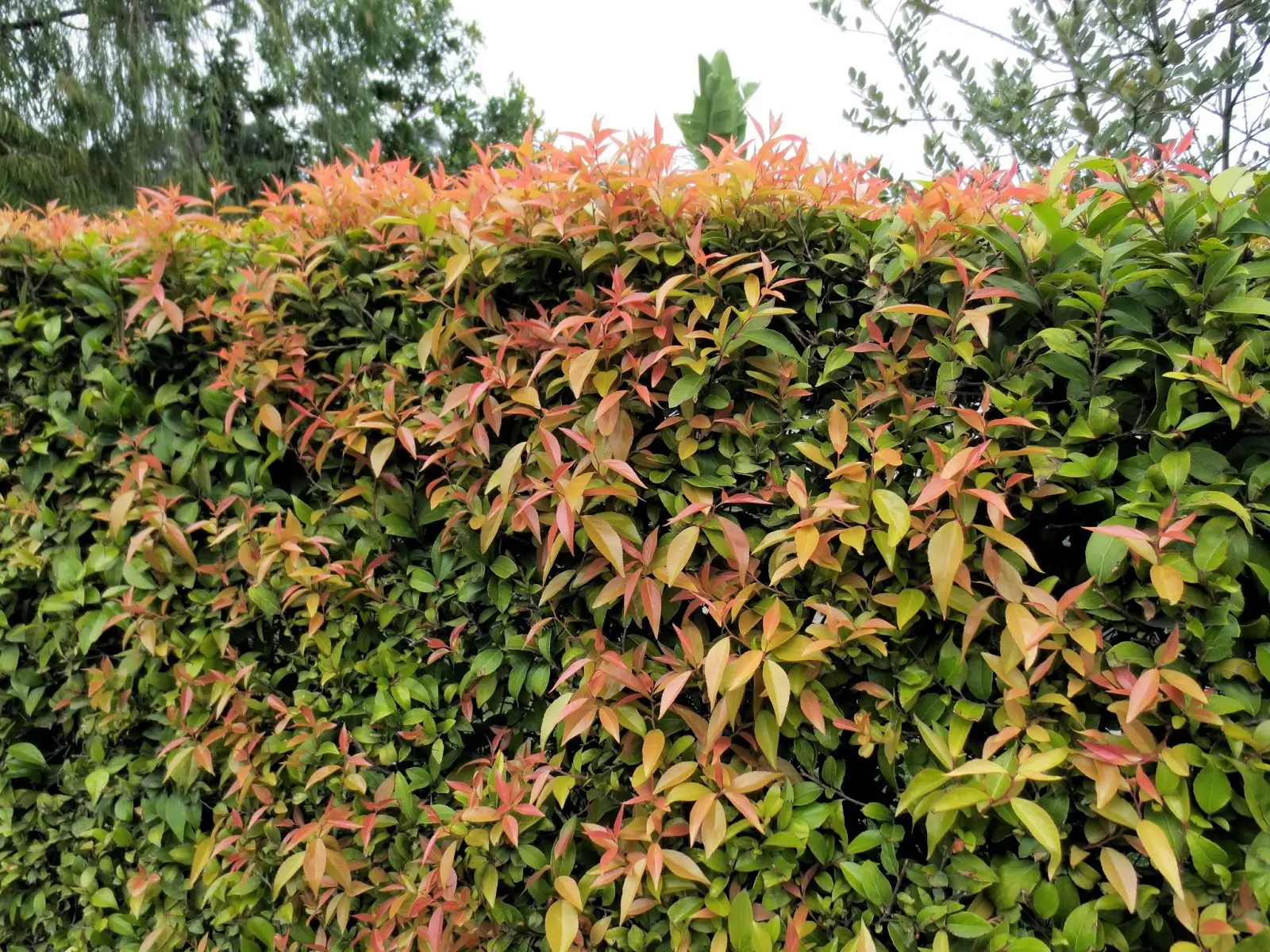
Soil Health & Fertilization
We unite suppliers and green industry professionals worldwide
No houseplant is quite as timeless and beloved as the Jade plant (Crassula ovata). A strong succulent whose thick, glossy green leaves and tree-like structure has been a symbol of prosperity and good fortune for centuries.
By Victor Miller
|Published on June 16, 2025


No houseplant is quite as timeless and beloved as the Jade plant (Crassula ovata). A strong succulent whose thick, glossy green leaves and tree-like structure has been a symbol of prosperity and good fortune for centuries. Also known as the “money plant” or “friendship tree,” it’s a popular gift for homes and offices, believed to attract wealth and positive energy.
In addition, the Jade plant is surprisingly easy to care for, making it ideal for plant novice and expert alike. It loves not being watered that much, it thrives indoors and it can last for decades, even growing into gnarly, bonsai-style specimens. Whether you have this sitting on a window ledge in your kitchen, your patio, or your desk, this non-fussy succulent provides touch of natural beauty with minimal effort.
If you want a houseplant that is slow to grow, long-lived, low-maintenance and gives you an ever-changing feeling of green, look no farther than the Jade plant. In this guide, we’ll explore how to keep your jade plant thriving, from proper lighting and watering to pruning and propagation techniques.
| Common Name | Jade Plant, Money Plant |
| Scientific Name | Crassula ovata |
| Type | Succulent |
| Full grown size | 3-5 feet (indoor garden), larger in outside garden |
| Bloom Time | Winter (rarely indoors) |
| Flower Color | White or pink (small star shape flowers) |
| Light Needs | Bright, indirect light to full sun |
| Soil Requirements | Well-draining, sandy or succulent mix |

September 25, 2025
9 minute read
September 24, 2025
9 minute read
September 23, 2025
10 minute read
September 22, 2025
9 minute read


Join as a seller and connect with thousands of B2B buyers nationwide!
Sign Up

Zebra Plant
The Zebra Plant (Aphelandra squarrosa) is a tropical houseplant native to the rainforests of Brazil, prized for its dark green leaves boldly striped with white veins

Yarrow
Yarrow (Achillea millefolium) is a hardy perennial herb that has historically been prized for its delicate fern-like foliage, flat-topped flower heads, and near-indestructible nature

Yaupon holly
Yaupon holly (Ilex vomitoria) is an evergreen shrub or small tree that’s native to the southeastern part of the U.S. It is highly valued for its hardiness, ornamental characteristics, and caffeine-rich leaves

Xylosma
Xylosma (Xylosma congestum) is a versatile, evergreen shrub prized for its glossy green foliage and dense growth habit.
Jade plants are famously low-maintenance. They prefer bright light, well-draining soil and little water, making them good for busy plant owners. With the right care, jade plants can live for decades, even developing thick, woody stems that resemble miniature trees.
Jade plants want plenty of bright light to keep their growth compact and vibrant. Provide them with a spot with at least 4-6 hours of indirect or filtered sunlight per day. If kept outdoors, they can tolerate full sun but should be gradually acclimated to prevent sunburn.
Good drainage is key to avoid root rot. They do best in a sandy or gritty succulent mix, but a regular potting mix with some organic material and either perlite or sand will also be effective. Stay away from heavy, moisture-retaining soils that tend to hold excess moisture around the roots.
Being a succulent, Jade plants retain water in their fleshy leaves, so they require very little watering. Do not water until the soil dries out entirely. During warm weather, water every 2-3 weeks; in winter, keep water to just once a month or less. The most common reason for Jade plant problems is over watering.
Pruning helps keep the Jade plant shaped and encourages bushier growth. If the plant gets leggy or top-heavy, cutting back long stems encourages new branches.
The Jade plant is super simple to propagate, so considering gifting them to friends or expanding your collection.
The best time to propagate is spring and summer when the plant is in its growing stage.
Jade plants are in fact container plants, so they do very well indoors. You should always go for pots with drainage holes to help avoid excess moisture accumulation.
Jade plants are not frost hardy and need to be moved indoors when temperatures fall below 50°F (10°C). If grown outdoors in warm climates, they can live outdoors year-round. For indoor plants during winter:
hile Jade plants can flower with delicate white or pink blossoms, they rarely bloom indoors. To encourage flowering:
Blooming is more common in mature plants (several years old) and those grown in outdoor conditions.
Jade plants are pretty hardy, but they do have a few issues:
Overwatering & Root Rot → Make sure to have well-draining soil, water only when soil is dry.
Leaf Drop → Due to unexpected temperature fluctuation or excess moisture. Only water again when soil is dry.
Wrinkled Leaves → Symptoms of underwatering; water deeply once the soil has dried out.
Pests (Mealybugs, Spider Mites) → Wipe leaves using a cotton swab soaked in rubbing alcohol, of spray with insecticidal soap.
With its lovely look, low maintenance and representation, Jade plant is great space plant for home and office. Whether you seek a low-maintenance houseplant or a decades-long succulent that will be passed down through the generations, the Jade plant will not disappoint. Well taken care of, this resilient plant will continue thriving and adding greenery to your life for years to come.
Water only when the soil is thoroughly dry. For summer that usually means every 2-3 weeks, in winter once a month.
This is commonly the result of overwatering or abrupt changes in the environment. Make sure the plant is stable, and let the soil dry out between waterings.
They like lots of light, but they can make it in lower lighting conditions. However, growth may become leggy, and leaves may lose their deep green color.
According to Feng Shui, a Jade plant is often considered a good gift for homes and offices due to its presumed association with prosperity and good fortune.

Soil Health & Fertilization
Victor Miller

Pest Identification & Prevention
Victor Miller

Lawn Care Tips & Maintenance
Victor Miller

Soil Health & Fertilization
Victor Miller

Smart Irrigation Systems
Victor Miller

Patios, Walkways & Driveways
Victor Miller

Soil Health & Fertilization
Victor Miller

Pest Identification & Prevention
Victor Miller
My Account
Our team is always here to help.
We are open Monday - Friday, 9:00 AM to 4:30 PM PST.